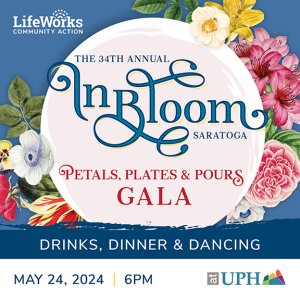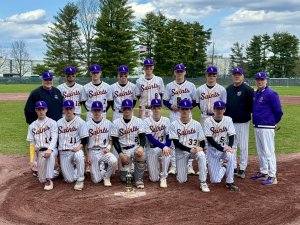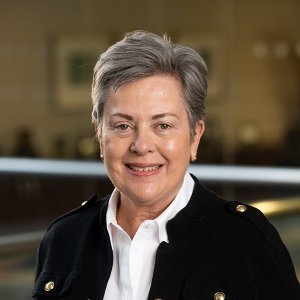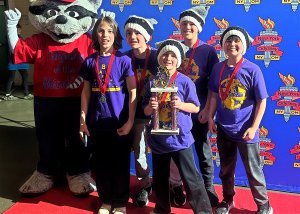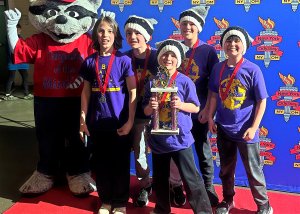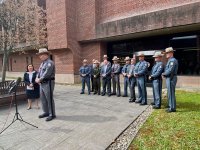Displaying items by tag: Aarathi Prasad
Using Contact Tracing to Battle COVID-19
SARATOGA SPRINGS — Contact tracing, tracking where someone has been for a period of time, can become a key aspect in fighting the battle with COVID-19.
Aarathi Prasad, assistant professor of computer science at Skidmore College, started studying contact tracing six years ago, a time when no one understood why she chose to focus on that topic.
“I couldn’t convince people that was an important problem because at that time people had the flu and measles. Measles was too rare and the flu too common, so it was hard to convince people that it was an important problem to work on,” Prasad said.
She found herself immersed once again in her studies when COVID-19 hit the community. Prasad believes using contact tracing technology is key to completely stopping the spread.
“The process of contract tracing is as follows: When someone has symptoms, they go to get tested. When they get tested positive, it’s up to the public health workers who will reach out to people they may have been in contact with. That’s what contact tracing is,” Prasad said.
Prasad aims to focus on developing a method to compliment the work of public health workers. Using wireless technology, Prasad wanted to help people see the value in sharing while protecting their privacy. She focused on preserving identity and location privacy.
“Any technology can only help after there is the positive test. The goal is to make it easy for the memorabilia aspect,” Prasad said. “Suppose I ask you where have you been in the last 40 days? It’s easy now, because you’re safe at home most of the time; it’s easy to think about how many times you’ve left the house. But once the lockdown ends, it’s going to be hard if people just resume their normal activities and keeping track of where you went. That’s where wireless technologies can help.”
The tracking technology app can support public workers as they tackle the battle with the virus. The app can make it easier for those public health workers to reach out to people who may have been in contact with the disease.
However, Prasad studied not only tracing technology, but focused on how long a virus remains on the surface. She learned that tracing active viruses on a surface and alerting people of a contact they might not have seen to be a challenge.
“The technology that I see now is only looking at the following. Let’s say the infected person was in the library, we would alert everybody else that was at the library at the same time,” Prasad said. “But we’re not thinking about what happens after he leaves and before all the surfaces he touched were wiped down, what happens then? How do we alert the people that he did not see?”
Prasad hopes to have an app solution before restrictions are lifted. However, the problem lies in everyone using the same app. On April 29, the Washington Post released an article stating 3 out of 5 Americans are not willing or able to use an app tracking system. The article states that 1 in 6 Americans do not have smart phones, which would be necessary to use the app. Of the 82 percent of the population who have smart phones, 50 percent had a willingness to use an infection-tracing app.
“Most of them didn’t trust private companies,” Prasad said. “What we need is to build trust in whatever technology or app that would be helpful so people can see a value in that app. It’s a similar idea to everyone staying at home now, to protect others. By downloading the app it’s the same thing, except you can move around.”
Prasad said supporting an open source app, in which the code behind the app is on the Internet, would allow users to understand and view how the data is being collected and used. Being more transparent would build trust and allow altruistic sharing.
“Altruistic sharing, when you have some information you want to share with someone else because you see a benefit in sharing,” Prasad said. “But it can’t be just one solution. I think the technology compliments contact tracing. The technology cannot solve everything, it cannot detect the virus, that’s what public health does. So we want the technology to work side by side.”




 How to resolve AdBlock issue?
How to resolve AdBlock issue? 
